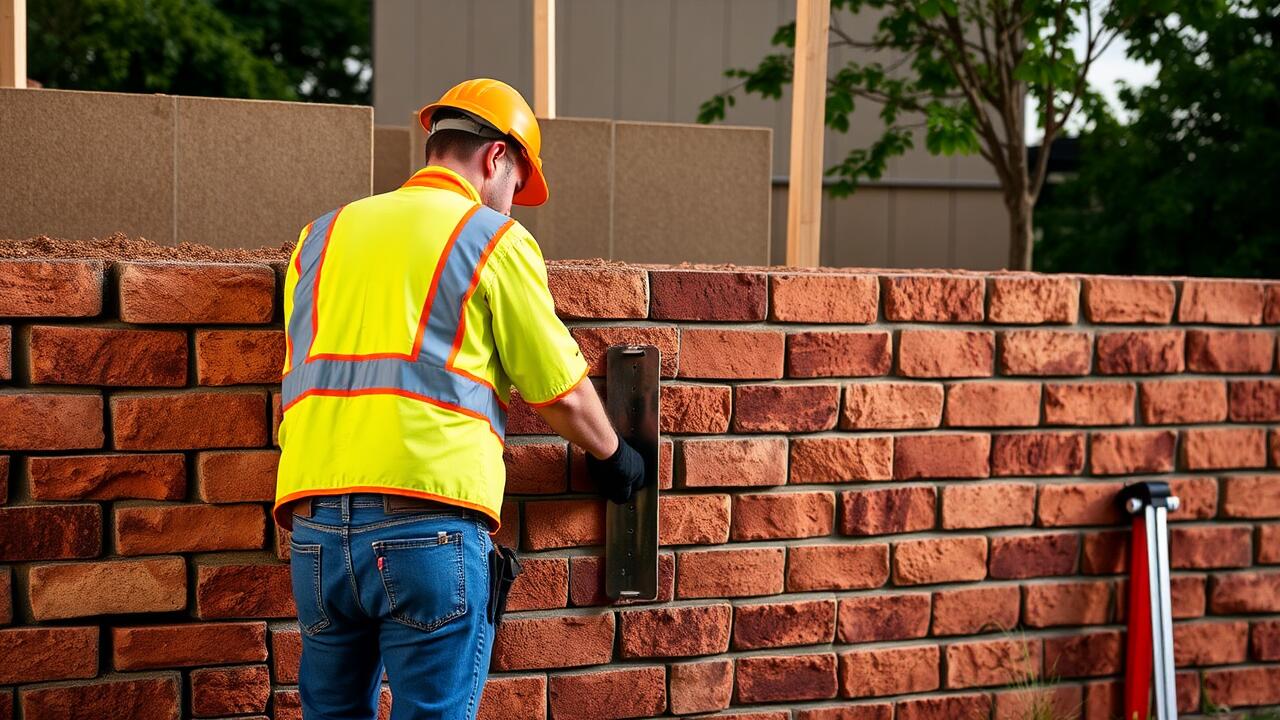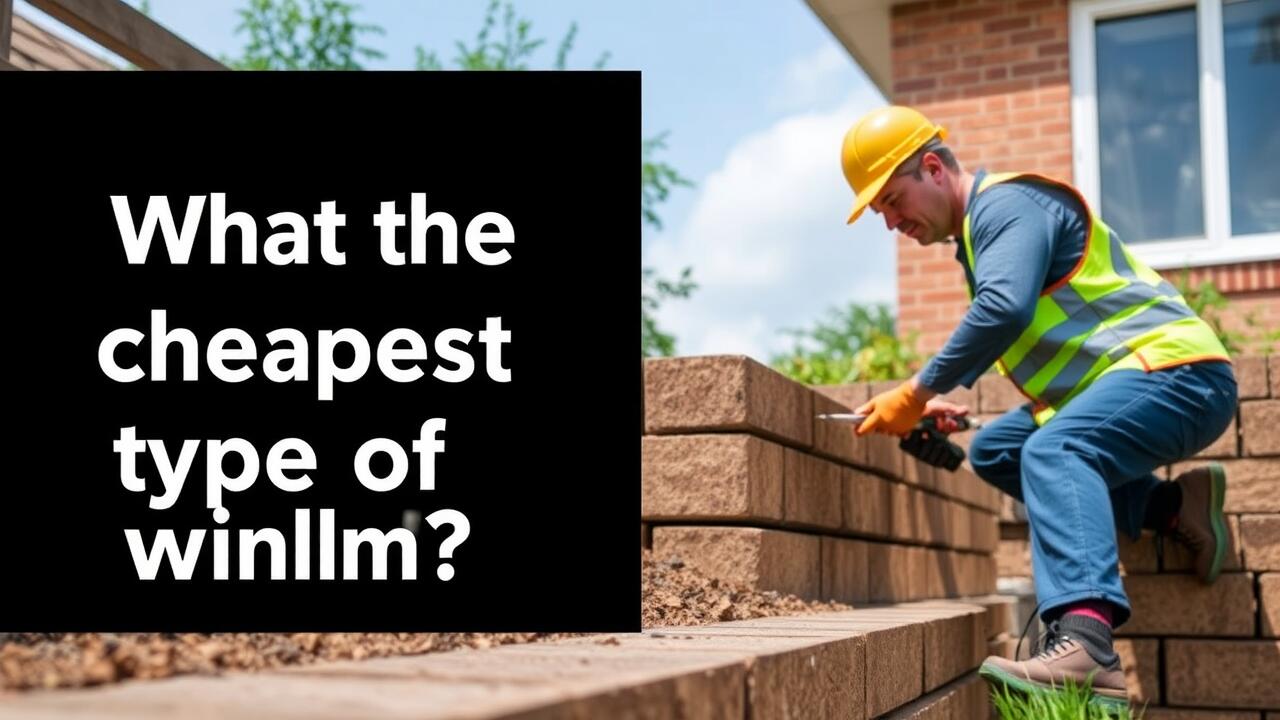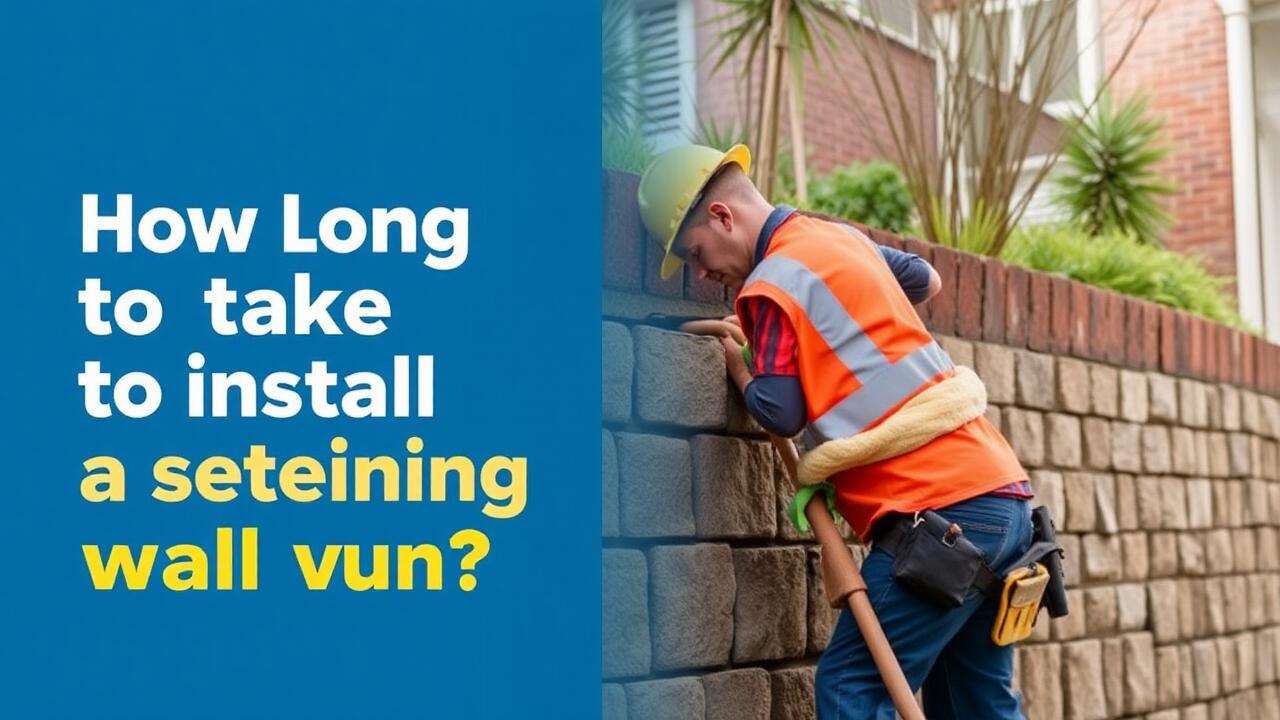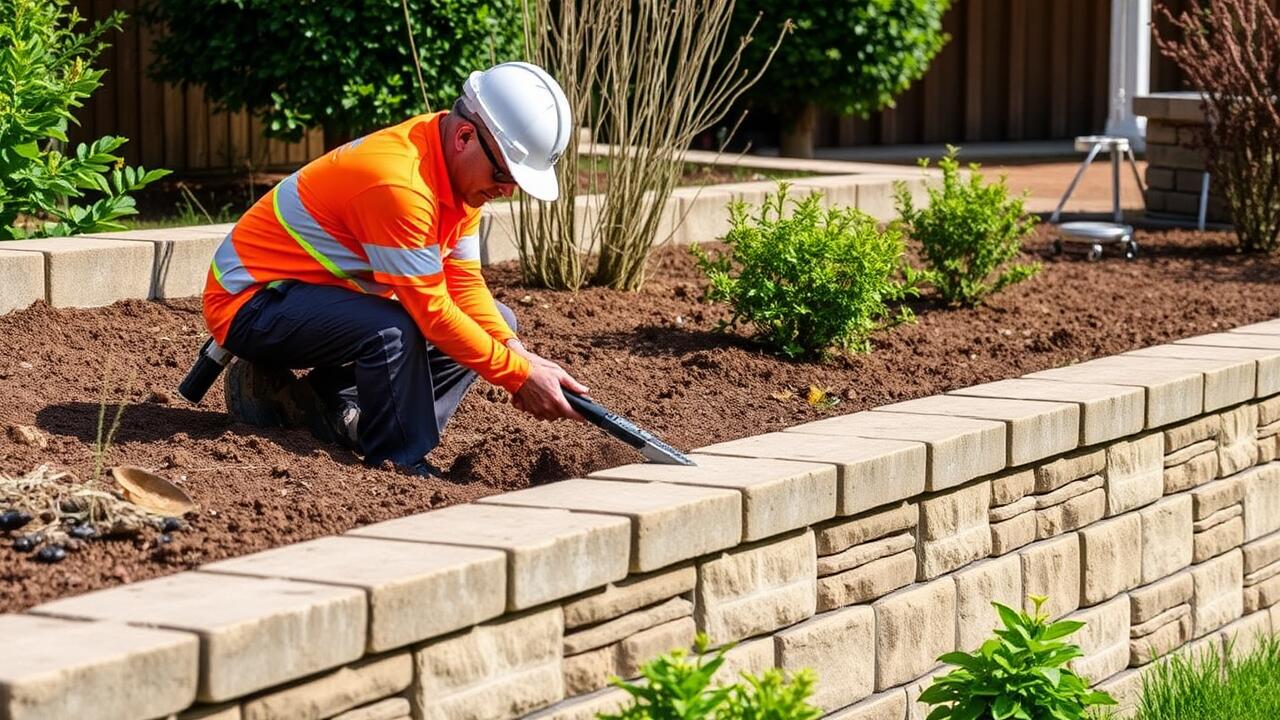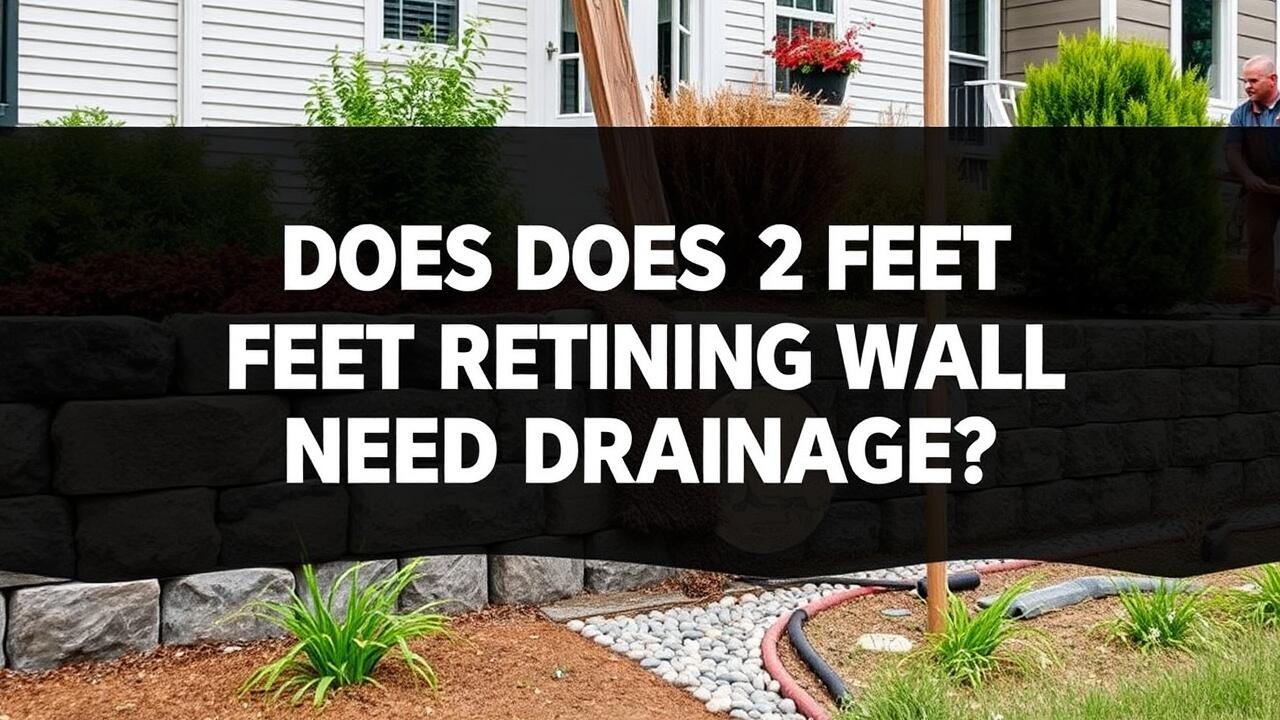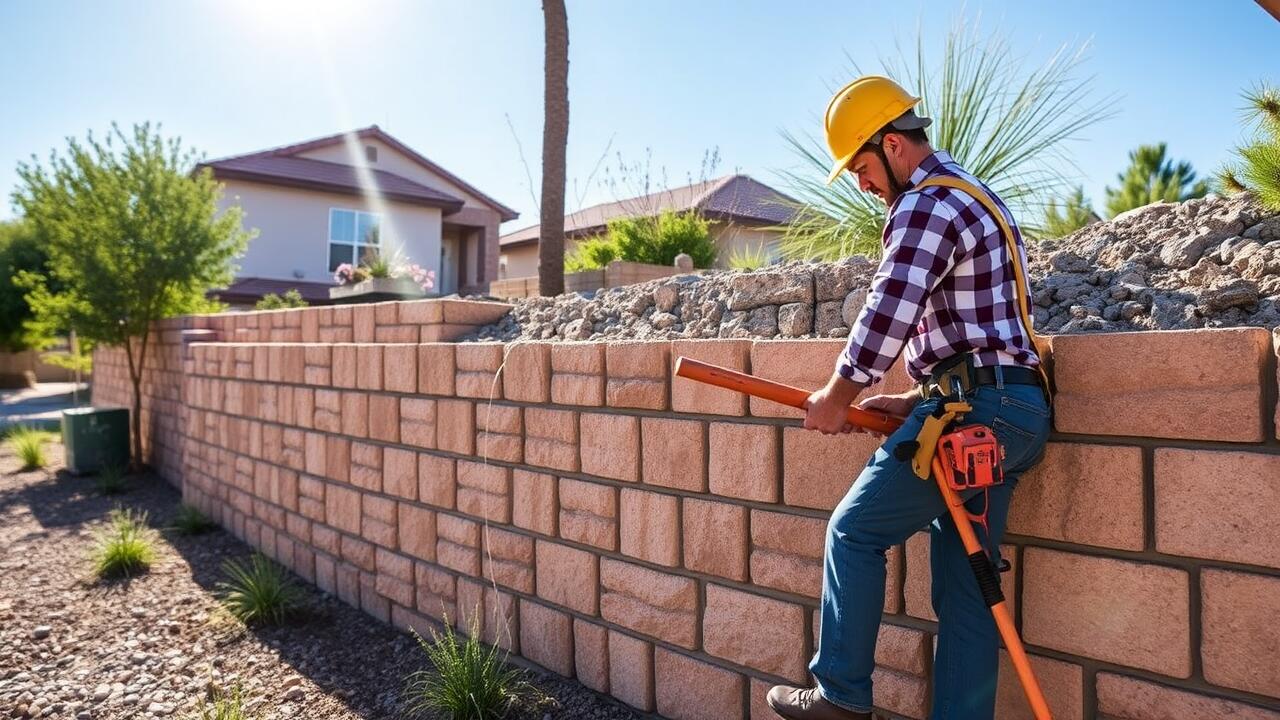
Site Preparation Expenses
Site preparation is a critical step in building a retaining wall, often influencing overall costs significantly. Expenses typically arise from various necessary preparatory tasks, including clearing the site of debris, removing vegetation, and ensuring proper drainage. Homeowners may need to consider additional factors such as soil testing and potential land grading to guarantee that the site can adequately support the wall. Specifically, retaining wall installation in Camelback East, Phoenix, may require additional attention because of the area's unique landscape features and soil conditions.
The extent of site preparation directly correlates with the complexity of the project. If the area requires extensive grading or excavation, costs can increase substantially. In addition, unforeseen issues, such as rocky terrain or underground utilities, may complicate the site preparation process, leading to higher expenses. Ensuring that these factors are addressed initially can help minimize challenges once the installation starts and ultimately influence the total cost of the retaining wall project.
Grading and Excavation Requirements
Preparing the site for a retaining wall involves thorough grading and excavation to ensure stability and proper drainage. This process begins with removing any vegetation or debris in the intended area, followed by leveling the ground. The slope where the wall will be constructed may require significant adjustment, especially in hilly regions. During this phase, soil compaction is critical to prevent future settling or instability. For projects like Retaining Wall Installation in Central City, Phoenix, the type of soil can greatly influence the methods and equipment needed for effective grading.
Excavation depth is another essential factor, typically determined by the wall's height and design needs. Concrete walls, for example, require deeper excavation than smaller stone or timber walls. Accurate measurements and adjustments for drainage systems, such as weep holes, should also be incorporated during this stage. Overall, grading and excavation set the foundation for a resilient retaining wall, making this step vital in ensuring the project’s long-term success.
Maintenance Costs Over Time
Maintaining a retaining wall is crucial for its longevity and functionality. Regular inspections can help identify any signs of wear and tear, such as cracks or erosion, which can escalate into more significant issues if not addressed promptly. For homeowners in areas like Camelback East, Phoenix, the arid climate can impact the wall's structure. Importantly, ensuring proper drainage around the installation can reduce the risk of water damage, which might otherwise lead to costly repairs down the line.
In terms of long-term maintenance costs, budgeting for periodic upkeep is essential. Treatments such as waterproofing and sealing can help protect the wall from moisture intrusion and UV damage. Additionally, if vegetation is involved, costs may arise from trimming or removing roots that could compromise the wall’s stability. Regular maintenance ensures that the retaining wall serves its purpose effectively, making it a worthy investment for residents considering Retaining Wall Installation in Camelback East, Phoenix.
Long-Term Care and Repair Needs
Long-term care and repair needs for retaining walls in Arizona can vary significantly depending on the materials used and the local climate. Regular inspections are essential to identify any signs of distress, such as cracking, bulging, or drainage issues. These checks can help catch potential problems early, allowing for timely repairs that can prevent more extensive damage. Maintaining proper drainage around the structure is crucial, especially in areas like Maryvale, Phoenix, where heavy rainfall can impact wall integrity.
Property owners should also consider the longevity of the chosen materials. Concrete and stone walls may require less maintenance over time compared to timber, which can deteriorate and warp due to moisture. Investing in quality construction during the initial installation process can reduce future repair costs. For those who opted for Retaining Wall Installation in Maryvale, Phoenix, understanding the specific environmental factors at play can inform better maintenance practices, ensuring the wall remains functional and aesthetically pleasing for years to come.
DIY vs. Professional Installation
Homeowners often consider DIY projects for retaining wall installation to save on labor costs. With the right tools and materials, it's possible to create a sturdy structure. However, this approach requires significant time investment and a good understanding of proper techniques. Poorly designed retaining walls can lead to drainage issues or property damage, making it essential to weigh the risks involved.
On the other hand, hiring professionals for retaining wall installation in Deer Valley, Phoenix typically comes with a higher upfront cost. Experienced contractors bring expertise, ensuring compliance with local regulations and adherence to best practices. They can address unique site challenges and provide warranty options. This peace of mind may ultimately justify the expense, especially for complex projects requiring extensive preparation or specialized materials.
Cost Comparisons
When considering Retaining Wall Installation in Estrella, Phoenix, it's essential to weigh the costs of DIY methods against hiring a professional. DIY installation can initially seem more budget-friendly, as homeowners will save on labor costs. However, the potential for mistakes could lead to additional expenses in correcting errors or purchasing specialized tools or materials that may not have been initially anticipated.
On the other hand, opting for professional installation typically involves higher upfront costs. These services provide expertise and access to quality materials, which can lead to a more durable and aesthetically pleasing wall. The long-term savings associated with professional work can outweigh the short-term costs, particularly in regions like Estrella, where soil conditions and climate may affect wall longevity and require specialized knowledge.
FAQS
What factors influence the cost of building a retaining wall in Arizona?
The cost can be influenced by factors such as the type of materials used, the size and height of the wall, site preparation requirements, and whether you choose to DIY or hire a professional contractor.
How much can I expect to pay for materials when building a retaining wall?
Material costs vary widely depending on your choice of stone, concrete, or other materials. On average, materials can range from $10 to $50 per square foot.
Are there additional costs associated with maintaining a retaining wall?
Yes, maintenance costs may include regular inspections, cleaning, and occasional repairs. Over time, you might also need to invest in drainage solutions to prevent water damage.
Is it cheaper to build a retaining wall myself or hire a professional?
DIY installation can save on labor costs, but you should consider your own skill level and the potential for costly mistakes. Hiring a professional may have a higher upfront cost but can ensure better quality and longevity.
How do I determine the right height and size for my retaining wall?
The height and size of a retaining wall depend on the specific needs of your landscape, the slope of the area, and local regulations. Consulting with a landscape professional can provide guidance tailored to your property.
